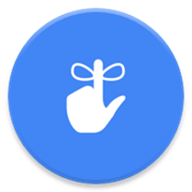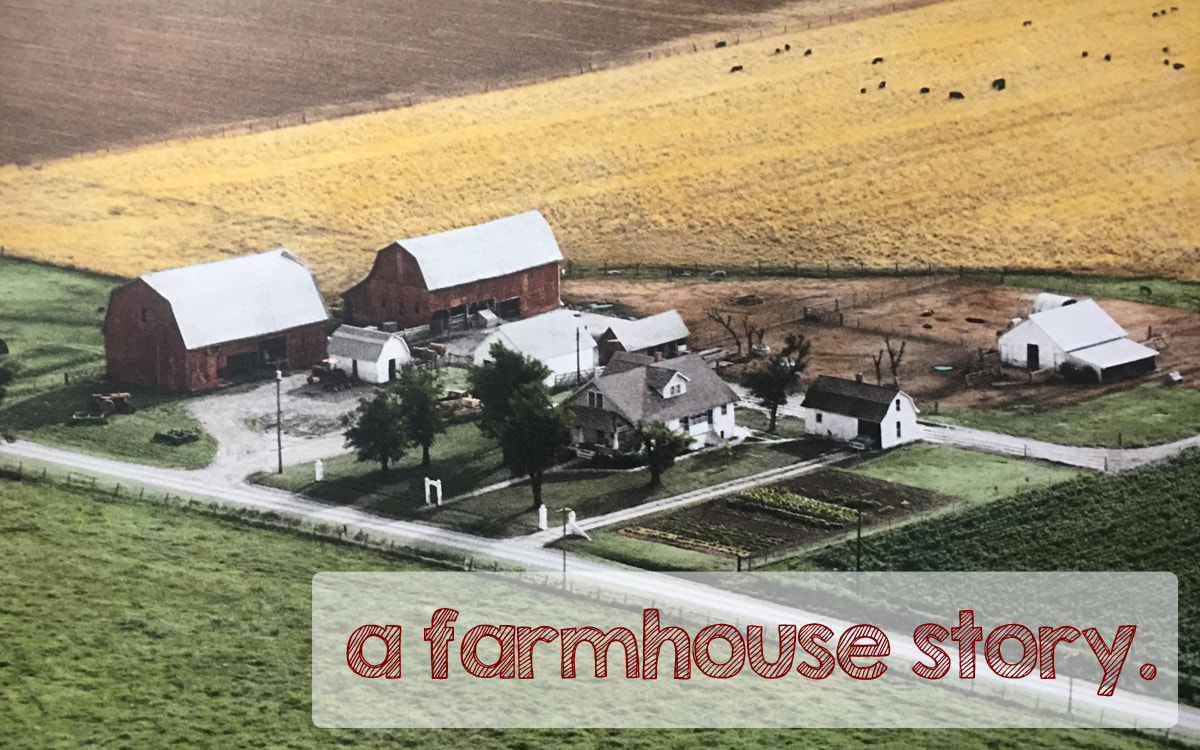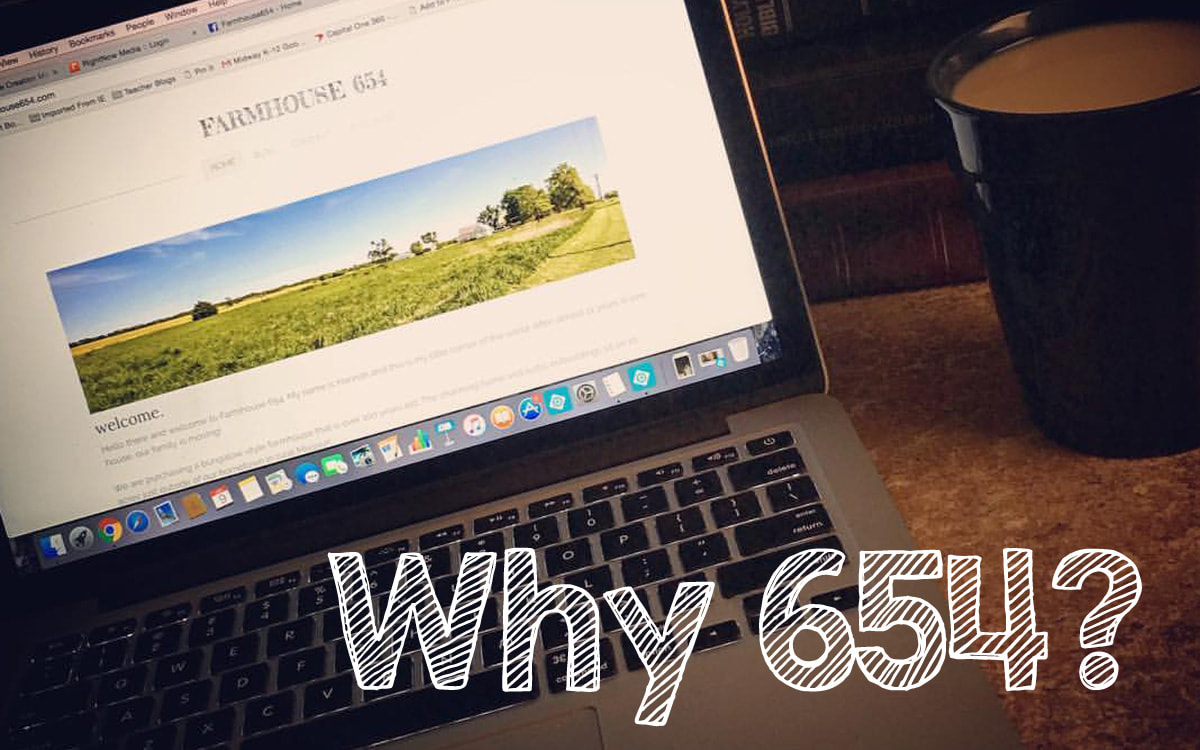|
Something happens on Friday afternoons, as I prepare my desk at school for the next week and lock my office door before heading home.
I feel a sense of accomplishment at tasks I've been able to complete through the week and a sense of relief at the idea of a few days "off". The week's end is a time of reflection and a time of looking forward to the future. I've developed a routine for Friday afternoons that has helped me to leave the school with a sense of peace and contentment. It hasn't always been this way though. I used to stay at school late into the evenings playing catch up from the previous week and organizing my post-it notes of tasks that I needed to accomplish the following Monday. Thanks to Google Calendar and a few books, like The 12-Week Year, I have figured out a better system.
I began to wonder if the same concept could work at school.
First semester of the next school year, I decided to try it out. When I got back to work in August, I made a 12-week plan for first quarter. I made a list of all the things that needed to be accomplished between the beginning of August & the end of October. I started to divide them out based on what dates I needed to meet certain deadlines and then I took it a step deeper and divided the tasks by days during that week. This was working fine, but I found myself writing and re-writing my lists for each day and it started to become a disorganized paper mess. Yes, the tasks were getting finished, but it was exhausting to keep up with my paper system and I hated the "cluttered feeling" that my desk had at the end of each work day. That is...until I found Reminders. One of the things that Google has added over the last year is the integration of "Reminders" into the Google Calendar platform. Essentially, I can make my "to do" list using Reminders. The difference in using this platform is that I can give my "Reminders" a date and time!
The magic of Google Reminders is that the tasks AUTOMATICALLY MIGRATE when you don't mark them complete!
Each morning, I open my calendar when I get to work and look at any tasks that have migrated over to the current date. I check for a few things. First, I love to see if I completed the tasks and just forgot to mark them complete. Next, I see if the tasks are still relevant. If not, I delete them. If they are, I assign a time later the same day or later in the week to work on these tasks. On Friday afternoon, when I start to prepare my office and desk for the next week, I now open up my Google calendar and look at the tasks I was unable to complete during the week. I look at my upcoming weekend and the next week's calendar and I fill in any tasks that I need to complete. I collect any resources or materials I might need to complete these tasks and I put them in folders I have labeled with the days of the week. Then I clean off my desk, turn off my lamps, and head out the door. Feeling good at this week's end, Hannah ❤️?❤️
0 Comments
You may remember at the end of 2018 when I shared about my morning routine on the blog.
Although I knew how important a morning routine was, it wasn't until I read The Power of Habit last year that I learned how beautifully automatic mornings could become.
Another example might be reaching for your house keys to unlock the door as you walk to the house when you get home.
​​These sequences of events are automatic. You don't even think about them. There's practically no thought necessary to get the mail from the mailbox or unlock your house. Did you know that humans are wired to make a specific amount of decisions each day? We each have a certain decision-making capacity and we often use a lot of our decisions on meaningless activities. (Sidenote: This is often why people make poor food choices late at night. They've hit their decision quota for the day, so they're unable to effectively decide "no ice cream" is the correct option.) By creating healthy habits in our morning routines (and in other areas of our lives), we create automatic sequences and cut out decisions. Make your morning routine a habit.
Here is my morning routine:
Now...in all honesty, over the last few months, my third and fourth steps have gone away. I injured my hip while training for a half-marathon back in the fall and I wasn't able to workout for several months. Now I'm healthy again and will need to re-train myself to include that working out habit in the mornings. For now, it's a daily decision. The beauty of the habit cue is that we have the power to change our habits. Last summer, I started experimented with habit loops. When my feet hit the floor every morning, I would turn around and make the bed. Within two minutes of my alarm going off, I have already accomplished something and now every time I walk by the bedroom through the day, I will remember that accomplishment. As part of my bedtime routine, I've laid out my workout clothes and my clothes for the day. Once the bed is made, I put on my workout clothes and head outside to run, to the basement to the treadmill, or to the living room to workout with a video. It is automatic and once those clothes & tennis shoes are on, it sure is easier to get that movement taken care of first thing in the morning instead of having to decide to fit it in later in the evening. After my workout, I start the coffee pot as I walk to the shower. When I'm out of the shower and ready for the day, I make coffee and do my Bible study. Cue (feet hit the floor)
Enjoying my mornings at the farmhouse,
Hannah
Last year, I set a goal of reading 30 books in 2019.
I probably met this goal, but I can't say that with 100% certainty because I didn't track my books after about January 15th. This year, I'm using Goodreads to track my books and I've already finished book number 1.
My first book of 2020 (which I will admit, I started in the last few days of 2019) was Outer Order, Inner Calm.
About the book from Gretchen Rubin's website:
One of my biggest take-aways from the book was this quote..."Nothing is more exhausting than the task that's never started."
I am the queen of systems and procedures and lists. Sometimes my "task list" includes upwards of 100 items. After reading this book, I went through my list and moved most of the items to a specific scheduled block on my calendar. This simple act was a relief because by giving each task its own specified time, I "started" the process of marking the item off of my checklist. The piece of advice to schedule time to work on tasks is just a very small example of the wealth of knowledge Rubin shares in this book and I would highly recommend it.
It's the first day of 2020.
When the clock struck midnight in the wee hours of this morning, we moved into a new day, a new month, a new year, and a new decade. If you read my post about brainstorming for the new year, you have probably already printed and filled in the 2020 dream sheet I created. If not, grab one of your own here. Now that you have identified some of your dreams and goals for 2020, let's move into being a little more specific in our goal-setting. I created another printable to help us get specific about the things we want to accomplish in 2020. Because January 1st is on a Wednesday this year, I am giving myself the next four days to plan and get organized to dive into another 12-week challenge. Today, let's identify our goals for the year and get organized in our plan for accomplishing those goals. Remember...less is more! Don't create some elaborate plan to do 1,500 different tasks in 2020 or you'll burn out by January 11th. Instead, create some manageable and measurable goals that you can stick to! Thanks so much for keeping up with life at the farmhouse in 2019. I'm looking forward to growing together over the next 365 days. Happy 2020 from the farmhouse, friends. Hannah ❤️🏡❤️ Print your goal sheet to write out your goals or type them out to print! Editable 2020 Goal Sheet |
Archives
January 2024
Categories
All
|




 RSS Feed
RSS Feed

